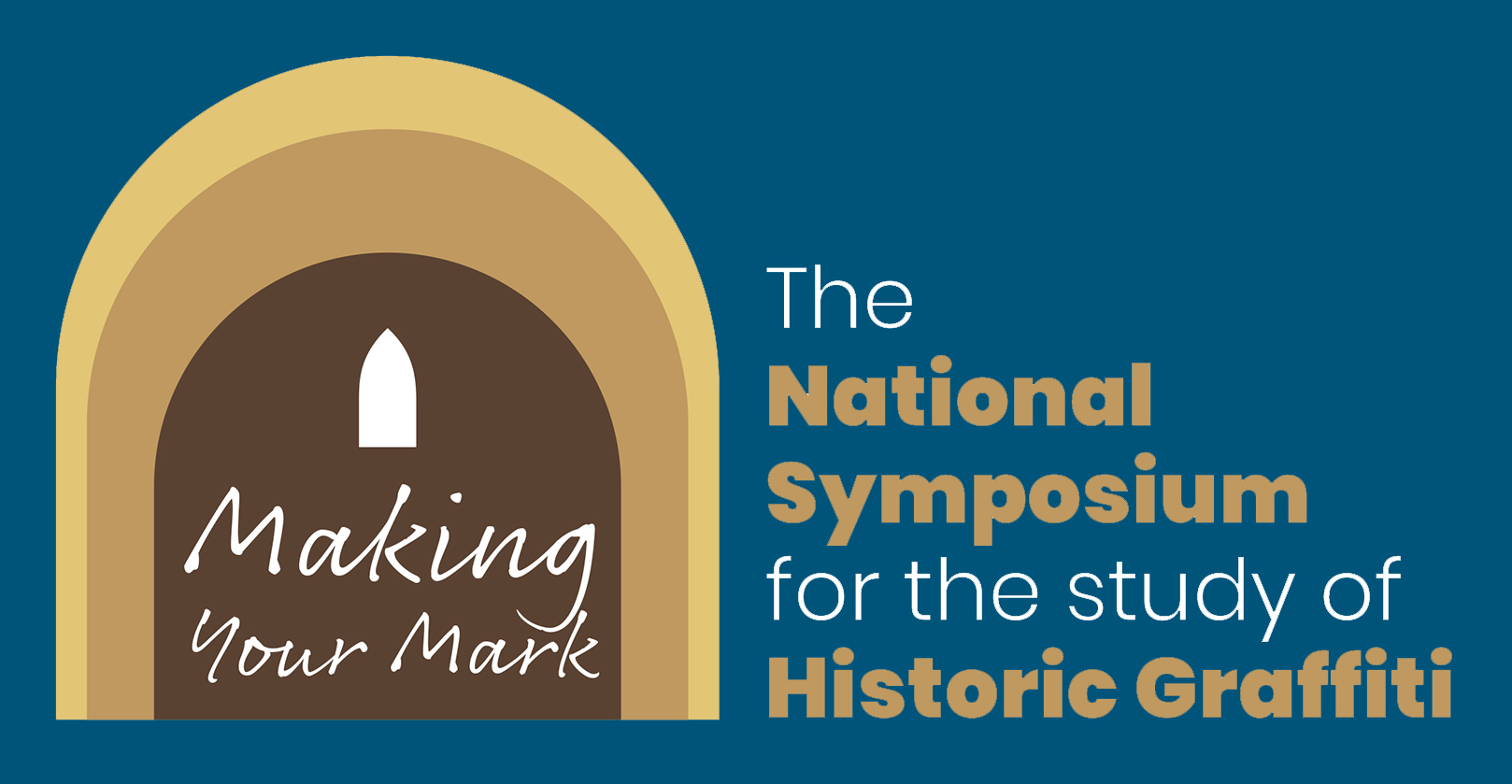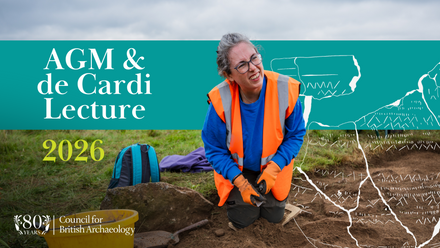Announcing the rescheduled second national symposium for the study of historic graffiti, supported by the University of York.
In 1967 Cambridge University Press published a book entitled ‘English Medieval Graffiti’, written by the historian and church enthusiast Violet Pritchard. The book focussed upon historic graffiti inscriptions found largely in East Anglian churches, attempting to give an overview of what was present at numerous sites, and offering interpretations of what Pritchard had discovered. This work was, until very recent years, the only full-length work published upon the subject. However, the study of historic graffiti as a resource has a far longer pedigree.
Even the very term ‘graffiti’ has its origins in the study of archaeology, being adopted to describe the ancient informal inscriptions being recorded by archaeologists at ancient Roman sites in the middle decades of the nineteenth century. Since that time almost every generation of historians and archaeologists have recorded and examined historic graffiti in a wide variety of contexts. From scratched inscriptions on Roman pottery, to pencil graffiti from the Second World War, historic graffiti has fascinated and enthralled, allowing new and personal insights into the lives and times of those who literally ‘made their mark’.
However, it is only in the last decade, with the advent of digital photography and similar new technologies, that the study of historic graffiti inscriptions has taken on a new and growing impetus. The rise of volunteer led surveys of historic buildings, supported by organisations such as the Council for British Archaeology, has begun to generate a mass of data and information, allowing these markings to be examined within a far wider context. In similar vein, organisations such as the National Trust have recognised the potential of historic graffiti for widening the public interpretation of historic sites, and engaging with their own staff and volunteer base. These increased levels of interest have been mirrored by the growth of academic awareness in the subject of historic graffiti, with several studies already published, and a very large number currently in progress.
These advances in the study of historic graffiti, and the remarkable inscriptions being recorded at historic sites across the UK, have caught the attention of both the media and the public. The ‘citizen science’ elements of many of the surveys, and the promotion of volunteer involvement, has ensured that the attention in this field of study is likely to continue to develop in the decades to come.
Following on from the great success of the first ‘Making Your Mark: The National Symposium for the Study of Historic Graffiti’ at the University of Southampton in 2019, we are delighted to announce that the 2022 conference will be taking place at the University of York on 19th November 2022 with a day of sessions, and the opportunity to discuss findings and experiences with all of those currently engaged in the field of historic graffiti. The conference aims to be fully hybrid, allowing full participation in person and on-line.






